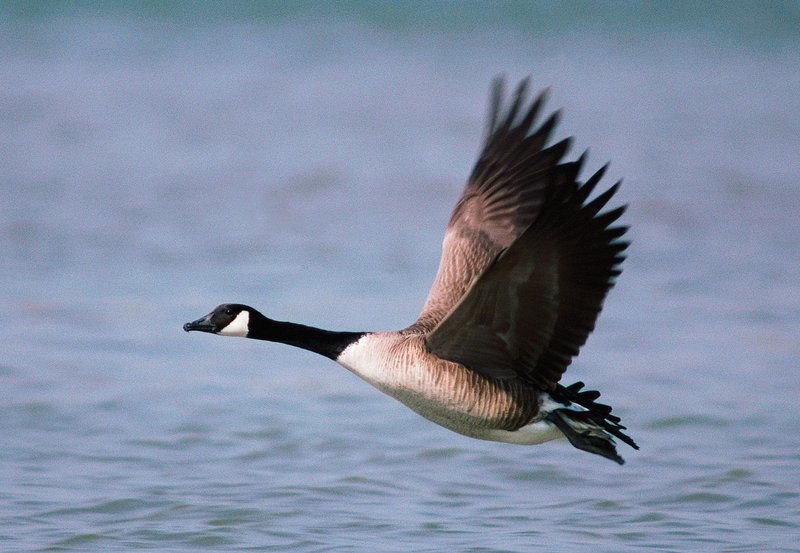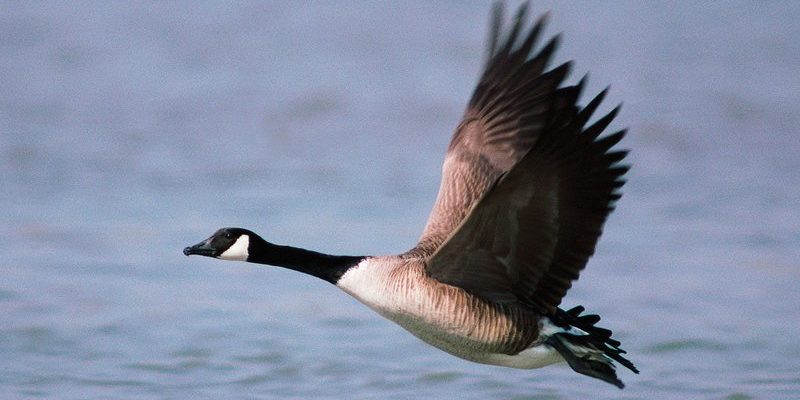
Nesting is a crucial part of a goose’s lifecycle, and it’s not just about finding a cozy spot to lay eggs. Geese are dedicated parents, and their nesting habits reflect their commitment. They go through a series of stages, from courtship to raising goslings, each with its own set of challenges and experiences. Let’s take a closer look at how these feathered families operate in the natural world.
Understanding Goose Nesting Habits
Geese are particularly known for their strong attachment to their nesting sites. When they choose a location, it’s not just a whim; they consider safety, accessibility to food, and a bit of privacy. Typically, female geese, or hens, will select a spot near water, as this offers protection and ample resources for both the mother and her future young ones. Nesting sites can be found in a variety of environments, from marshy reeds to grassy banks.
Interestingly, geese often return to the same nesting area year after year. You might think of this behavior as a homecoming ritual, where they reconnect with familiar surroundings that once nurtured their own young. Additionally, they might even build nests in the same spot where they were raised. It’s a beautiful cycle of life and continuity.
Once a site is chosen, the hen will meticulously gather materials to build her nest. This can include grasses, feathers, down, and even bits of mud. It’s like decorating a cozy living room with the perfect ambiance. The female lays about 2-10 eggs, depending on the species, and she will incubate them diligently for about 28-30 days. During this incubation period, she remains close to her nest, protecting those precious eggs from any potential threats.
The Role of Male Geese in Nesting
While the female goose takes the lead in nesting and incubation, the male goose, or gander, plays an equally important role. Think of the gander as the bodyguard of the family. He stays close to the nest, vigilant and watchful for any potential predators. His presence is crucial, as he can ward off threats while the hen focuses on keeping her eggs warm.
The bond between the male and female during this period is strong. They communicate through honks and body language, ensuring they’re on the same page. Here’s the thing: they often preen each other, which helps strengthen their partnership and improves their chances of success as parents.
Another fascinating aspect of their relationship is that many geese mate for life. This long-term commitment not only strengthens their bond but also fosters an environment of stability for raising goslings. It’s a partnership built on trust, loyalty, and love.
The Lifecycle of Geese: From Egg to Gosling
After about 28-30 days of careful nurturing, the eggs hatch, and out come the adorable goslings. This is one of the most exciting parts of a goose’s lifecycle. As the goslings emerge, they are covered in soft, downy feathers and are surprisingly mobile. Within a few hours, they’re up and waddling around, ready to explore their surroundings.
The first few days are critical for goslings. They rely on their parents for guidance, protection, and, of course, food. You might see the family foraging together, with the parents teaching their young how to find tender shoots or grains. Isn’t it heartwarming to think of them as a little family unit, exploring the world side by side?
During the first few weeks, the goslings grow rapidly. They are fed a diet rich in nutrients that help them develop their feathers and strength. As they grow, they begin to develop their social skills and learn how to communicate, forming bonds with their siblings.
Goslings’ Growth and Development
As the goslings mature, they undergo several stages of development. Initially, they stay close to their parents, but as they gain confidence, you’ll notice them venturing a bit further. Their curious nature leads them to explore new areas, but their parents are always nearby, ready to swoop in if danger approaches.
Around 10-12 weeks old, the goslings begin to develop their flight feathers. It’s an exciting time, as they practice flapping their wings and building up the strength necessary for their first flight. You might think of this as a rite of passage, similar to a child learning to ride a bike for the first time.
Once they are fully fledged, which usually happens around 3-4 months old, the young geese are ready to join migratory flocks. They start learning the routes their parents take, ensuring they can navigate the same paths in the future. The bond they share during their early life helps them remain connected, even when they’re flying high in the sky.
The Importance of Nesting Habits for Ecosystems
Goose nesting habits aren’t just important for the birds themselves; they also play a significant role in the ecosystem. When geese choose a nesting site, they often select areas that have a rich supply of resources, which can benefit other wildlife. Their nesting behaviors contribute to maintaining healthy vegetation and can even help create habitats for other species.
Moreover, the presence of geese can indicate the health of a specific environment. As they feed and gather, they help disperse seeds and nutrients that promote growth in their habitat. This interaction showcases a beautiful balance within nature, where each creature plays a pivotal role.
Unfortunately, habitat loss and human activity can threaten their nesting sites. Preservation efforts are crucial to ensure these beautiful birds—and many others—have a safe place to raise their young. Conservation isn’t just about saving one species; it’s about protecting entire ecosystems that rely on each other for survival.
Final Thoughts on Goose Nesting and Lifecycle
Geese exhibit fascinating behaviors with their nesting habits and lifecycle, showcasing the beauty of nature at play. From choosing a nest site to diligently raising goslings, they demonstrate love, commitment, and protection. It’s a heartwarming reminder of the cycles of life that connect us all, whether feathered or not.
The next time you see a family of geese waddling by, take a moment to appreciate the intricate web of life they represent. Their story is one of resilience and dedication, and it’s a beautiful example of how every creature, big or small, plays a part in our shared world.

